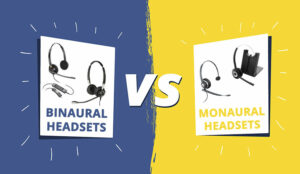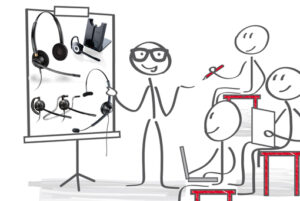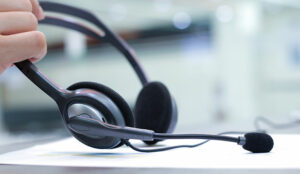Poly introduce some statistics that highlight the benefits of quick-disconnect (QD) headsets.
There is significant uncertainty about where employees will work in the foreseeable future as well as what device their headset will connect to.
It could be a legacy desk phone in the office, a PC-based softphone for hybrid working (in the office or at home), or a smartphone for homeworking (where an employee lacks reliable broadband).
What this means is that your call centre headsets need to be flexible and enable connection to any technology that supports them.
Let’s Look at Some Numbers
- 2 – “Side-by-side” is a highly effective training method in call centres. Two employees (a new hire and an experienced associate) sit side-by-side and join in the same calls. This is enabled by a y-adapter cable and Poly QD headsets.
- 3.5 – The size (in mm) of a headset socket on many smartphones. Need to get employees set up to work from home but aren’t sure if their broadband will suffice? You can provide locked-down mobile phones with a 3.5mm headset connector and reuse your existing headsets.
- 70 – The model number on the Poly da70 USB adapter that enables connection between a PC and a softphone or soft client. This is a dedicated call centre device, so there aren’t any mute indications to distract the employee, leading to shorter calls.
- 700 – The number of configuration options on the mda500 audio processor—giving a QD-based headset unlimited compatibility with desk phones. Don’t worry, it’s easy to set up as most phones work with the default settings.
- 30,000 – This is the minimum number of times we test the disconnect and reconnect of the QD cable. That’s 30 times a day, 5 days a week, 48 weeks a year, for over 4 years! All to ensure top durability.
These statistics come from a Poly infographic. To check it out, click here.
For further information about QD headsets, visit: www.poly.com
Author: Robyn Coppell
Published On: 29th Jan 2021 - Last modified: 2nd Feb 2021
Read more about - Guest Blogs, Poly















